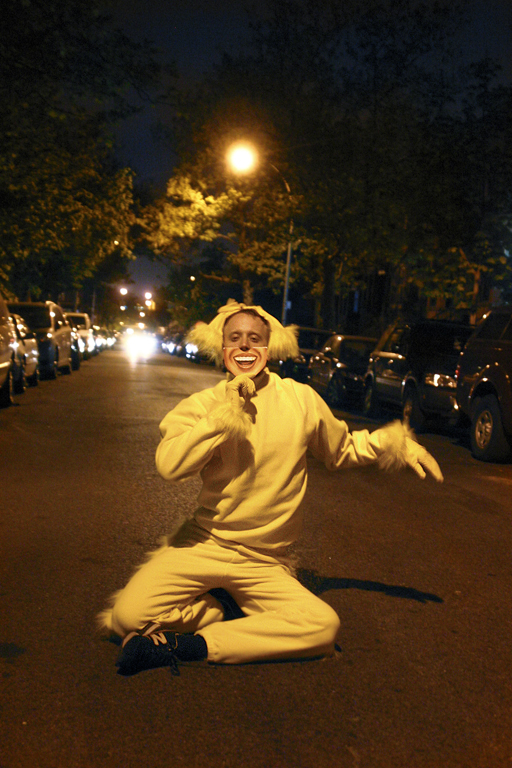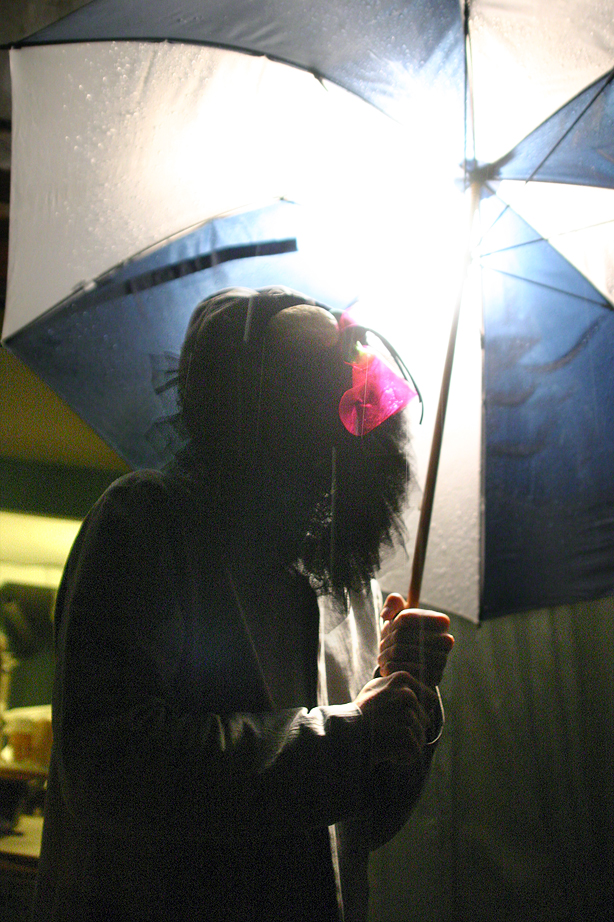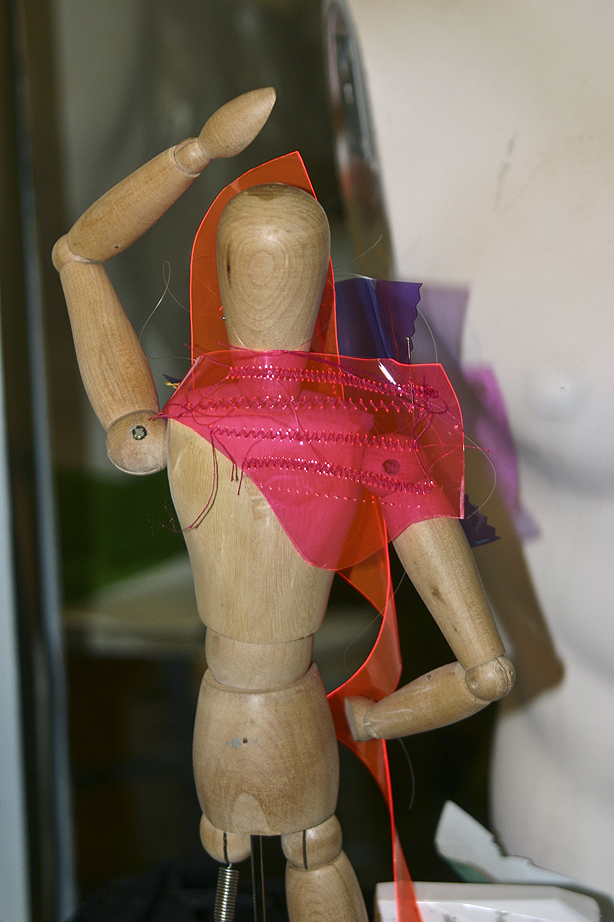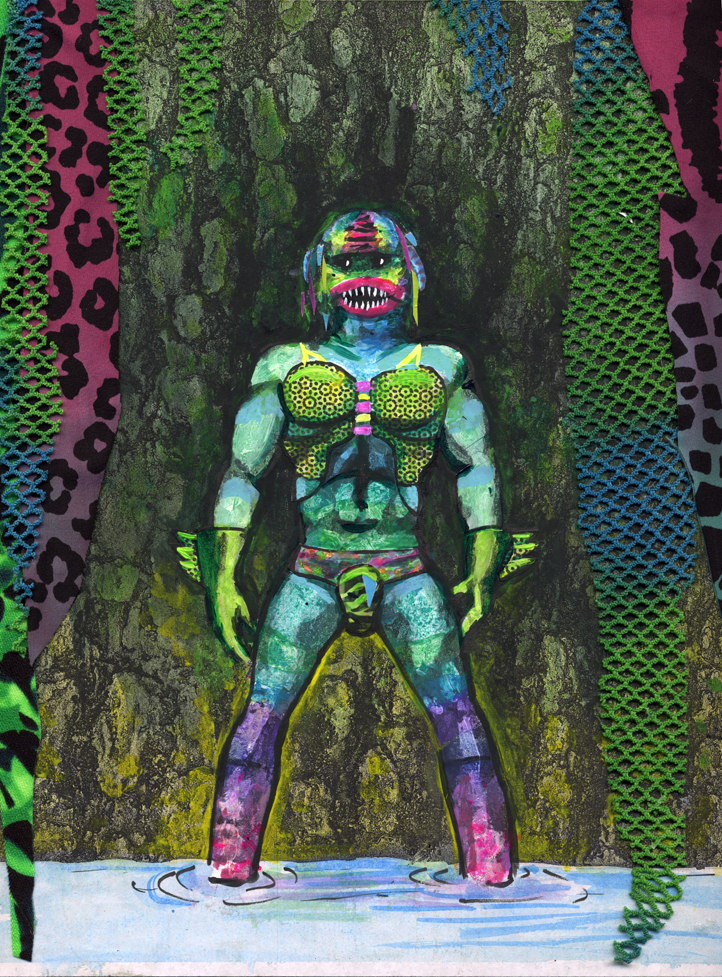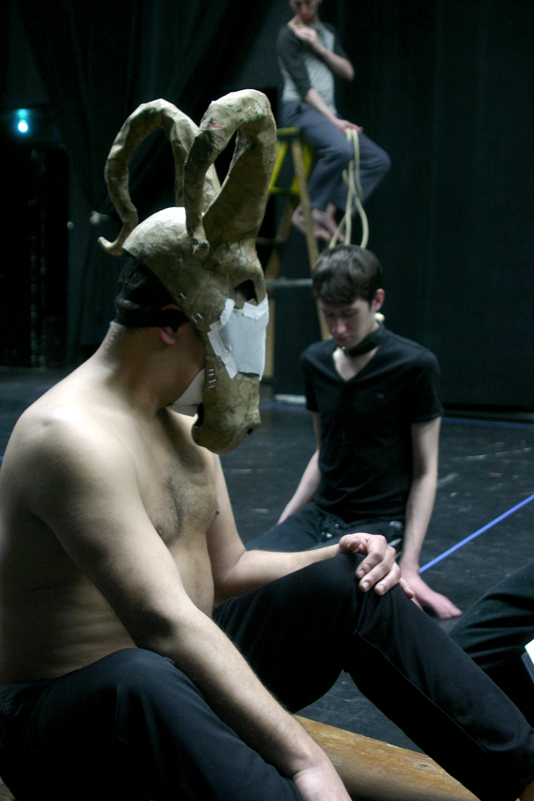Progress
/0 Comments/in 5 minute photo, mask, Studio /by andytoadWe Found Love in a Hopeless Place
/0 Comments/in art, costume, dance, mask, museum, performance /by andytoadOne of my favorite pieces in the Brooklyn Museum is the Likishi Dance Costume. I make time to see her whenever I visit.
Museum Text:
Likishi Dance Costume and Accessories (Mwana Pwevo)
Unidentified Luvale artist, late 19th or early 2oth century Northwest province, Zambia Fiber, wood, hide, metal, seedpods, bark, rope, hair, organic materialsThis complete dance costume shows how masks are normally one part of a larger ensemble. The mask is sewn directly onto the costume of looped bark and fiber, which fits tightly over the body of the dancer. Seedpod rattles and metal bells added a musical aspect to the performance.
Although they are danced by Luvale men, mwana pwevo masks depict women. In order to own and perform with a mask, a man had to symbolically marry it by paying the carver a copper ring as a bride price. In doing so, the dancer made a commitment to honor and care for the spirit represented in the mask. In return, the dancer was able to earn his livelihood performing at local festivals.
…
Bell Jar
/0 Comments/in mask /by andytoad
| |
Goat
/0 Comments/in costume, mask, performance, process /by andytoadNEW PROJECT
Oresteia at Columbia University School of the Theater Arts (April 20-23)
I’ve designed the head of the resurrected Agamemnon. He returns with the visage of a goat.
rehearsal photo, March 2011
…
Oresteia
After Aeschylus
Written and Directed by Jonathan Vandenberg
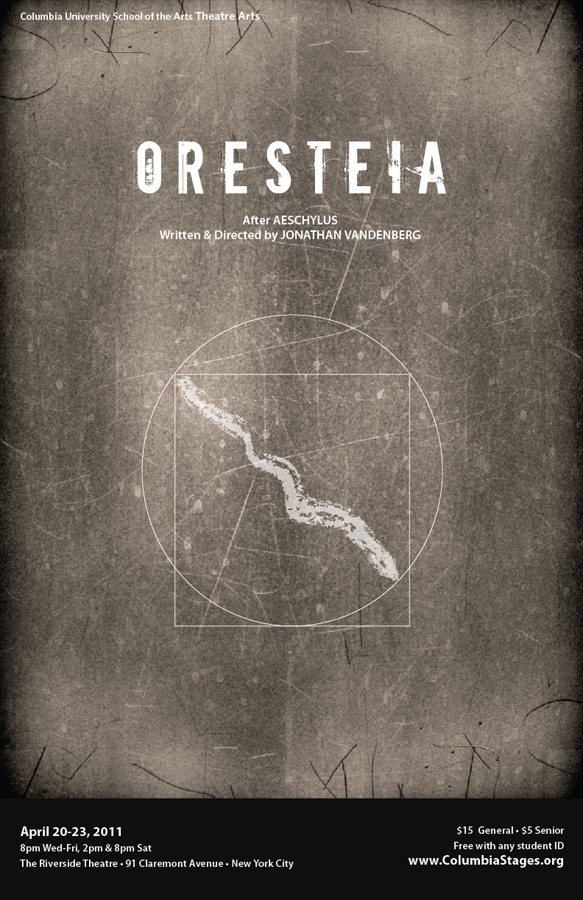
poster design by Jonathan Vandenberg
…


